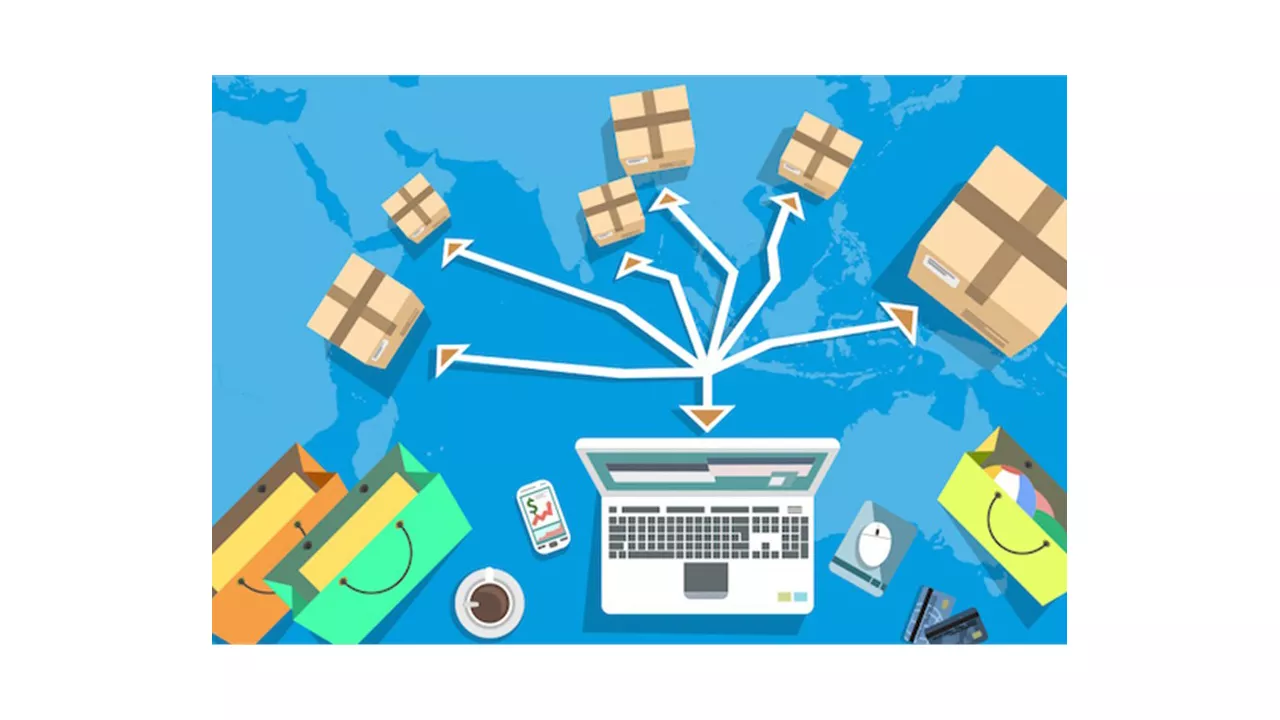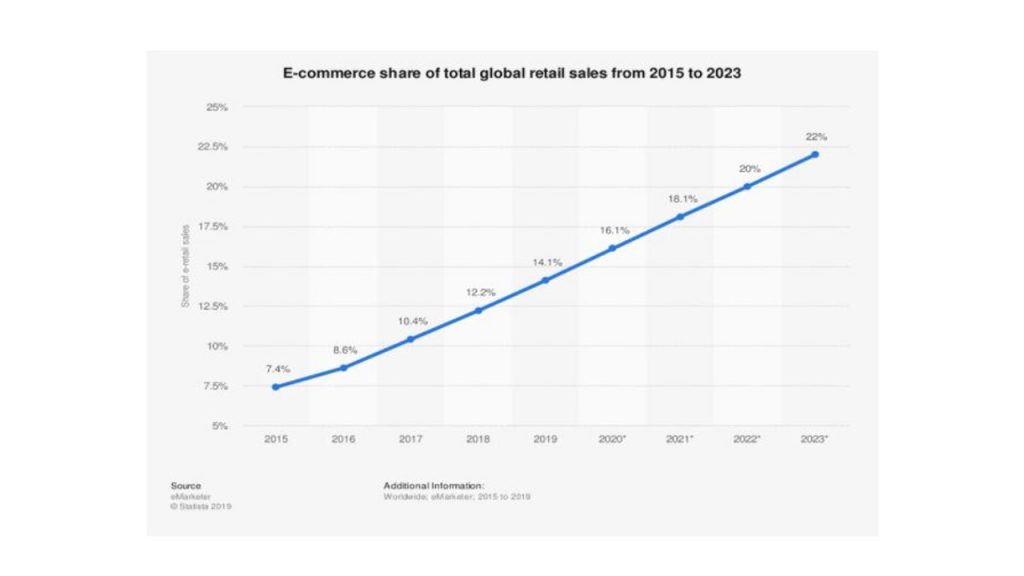
Adaptability in the current ever-dynamic world is a crucial attribute that everyone in the world today should possess. It is so important that it is a major determinant of a business failure or success.
An obvious example of how time changes is the current covid9 pandemic ravaging the world. It has brought untold stories to not just health aspect of human activities but also seriously affected the business life of people. No wonder, flexibility and being proactive will definitely help businesses and business owners to scale through this turbulent times and make a success out of it.
Also, it is worthy of note that unlike before when there are local barriers that hinder businesses to sell abroad, advancement in technology, ever increasing international relationship and cooperation, and reasonable trade agreements are making things become more easier for the world to get more globalized.
However, are there any solid reasons for one to go international? Yes they are. For example, the report on global connected commerce indicated that as at 2019 some 57% of online shoppers got products from a country other than their home. As if that is not enough, it is assumed that by the time the year 2020 runs out cross border ecommerce should have gotten to $1 trillion reach. A clear indicator that one should venture into cross border ecommerce.
It may appear challenging when you want to take up the responsibility of going beyond your border. However, because of the fact that cross border ecommerce is here to stay, it will be better to quickly adapt to this style of business far ahead of any potential competitors who may be lingering in their decisions to go cross border.
If you will like to learn more about adapting your business to cater for a cross border ecommerce, please pay attention as this article isolates the best way you can adapt your business for cross border ecommerce.
1. The concept of cross border ecommerce market: simply put, cross border ecommerce is the selling of the selling of goods and products as well as offering services in many different countries.
Looking at this concept, you will come to realise that cross border ecommerce is a subsidiary of global ecommerce market that is growing exponentially today. Then the lucrativeness of the global ecommerce is an essential pointer that cross border market around the world are becoming more accessible through the help of globalization. Models and statistics from experts in the ecommerce field has overtime shown that when it comes to retail buying from customers around the world, ecommerce has witnessed tremendous popularity. And that it is expected that by the year 2023, the worth of global ecommerce will be over $6.5 billion and that will be some 22% of all global sails on retail because more than ever before people are becoming tech wise due to the fact that we live in digital era.


Well, you may want to know why people are increasingly shopping outside their home country. A survey of consumers in the US shows that some 49% are shopping across border simply because they want to get themselves acquainted with the cheap prices of commodities available, some 43% getting involve in shopping to enjoy access to brands that are not in their home country, and some 35% shop abroad because they want to get special and unique products and services that are not readily available in their country.
When you are well informed about the drive behind cross border ecommerce, you will be moved to maximise your cross border sales by focusing on how you can get more attention from international audience.
Selling across border is a profitable venture anyone can think of and you will never regret venturing into it.
2. Steps that help you check that your ecommerce store is ready for transnational deals: we will be looking into basic steps that can help you ensure your business is well suited for whatever need and hindrances that may come your way in the course of going on transnational level.
The major determinant of success for any cross border ecommerce is having a well personalized as well as localized contents for whatever it is you are offering your audience.
Now let’s dive in to the steps.
Step 1: Handle issues with transactions
When you are thinking of selling internationally, you should be thinking of how you will handle payments processing. It will be best that you start preparing for things like:
- Payment options: when it comes to payment options, having a personalized content will mean that you put the different payment methods for different countries into consideration. For example, it will be more preferable that you avail customers in the Chinese market payments options like AliPay and WeChat rather than the usual debit cards and credit cards payments.
Sometimes, that two or more countries are closer to themselves does not mean that they will use the same payment options. For example, in the Netherlands consumer are more inclined with the use of iDeal, a direct bank transfer option whereas France will readily subscribe to the use of credits and debit cards.
So to be on the safer side when it comes to payment options, make sure you allow many payment options.
- Currency convertor: knowing that international customers use various different currencies, it will be thoughtful of you if you already integrate a currency converter into your cross border ecommerce website or store.
- Consideration of tax (es): when it comes to selling internationally, it is never possible to dodge or escape taxes. This could be import duties or excise duties that are charged by fiscal authorities.
It will be wise of you if you consult legal or tax professionals in order for you to be prepared for the best strategy for your ecommerce business as regards to tax.
Also, make sure that the customers are well aware of what their total payment will be with taxes inclusive. This is not difficult to calculate since there are tax calculators that can be included on your website or ecommerce store and ensure all cost are calculated before the customers check out.
- Secure payments: ensure safe covering of your customers’ payment details when they pay online and that they are not at high risk paying from your store.
You can ensure maximum safety by having SSL certificate that protects sensitive details of transactions. This will protect them from hackers.
Step 2: Handle Logistics issues
One thing you should think of when you are selling internationally is how you will get the goods or products to customers who are willing and able to buy. You have to choose if you will get them across to the consumer either by land, air or sea.
Interestingly, there are companies that are readily available to help you with shipping of products abroad. Examples of such are UPS, DHL etc. there are two models you can hold on to when it comes to logistics. That is either you use dropshipping model or you hold on to your own product.
Dropshipping is a model that involves you selling products that is not necessary yours or the ones you produced and dispatch them to customers. You collaborate with vendors who handles the production, storage, and transportation of the products to the consumers.
Also as an alternative, you can always have you products by yourself where you can control everything about the products and it will help you to easily keep track of what you have in stock or not and you won’t have to wait for someone else to take charge of everything for you. Holding on to your products will mean that you will be needing a huge initial capital that you can use to handle all that is attached to it.
While it may be difficult to choose one of the two models, some owners of businesses have decided to combine the two approaches and tap in to their benefits.
Step 3: Localization: the major player in becoming successful in cross border ecommerce is localization as earlier mentioned in this article. It is a process that helps you adapt and align goods or products you are offering to meetup with expectation of a specific location. When you are thinking of localizing your contents, you will likely want to consider language and cultural nuances.
Language is the most crucial part of localization strategy when handling the translation of your website or ecommerce store. Your products should have full descriptions in the languages dominant in the location you are targeting. Interestingly, you don’t have to be worried about how you will go about localization because powerful localization tool like ConveyThis is the solution to all of that. Without you learning to code or doing something special, ConveyThis will translate and localize your contents for you within few minutes.
Apart from language, cultural nuances should be reflected in your products. This will means that you are being sensitive to the cultural differences in the location of your targets. For example, certain celebrations and holiday that are widely acceptable in one part of the world are not even recognized in some other parts. Solution to our translation like ConveyThis will help you to adapt this also in your localization project.
On getting to this point of the article, you will rightly admit that cross border ecommerce is the way to go as it is not leaving anytime soon. It will help you to expand your business reach, enjoy global sales and recognition as well as assume the plentiful benefits that comes with it. Use our localization tool today and see how this becomes your story as soon as possible.

